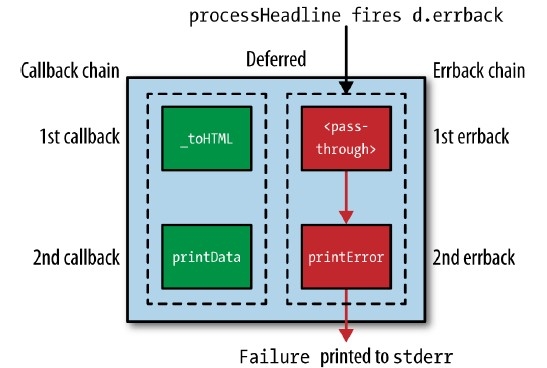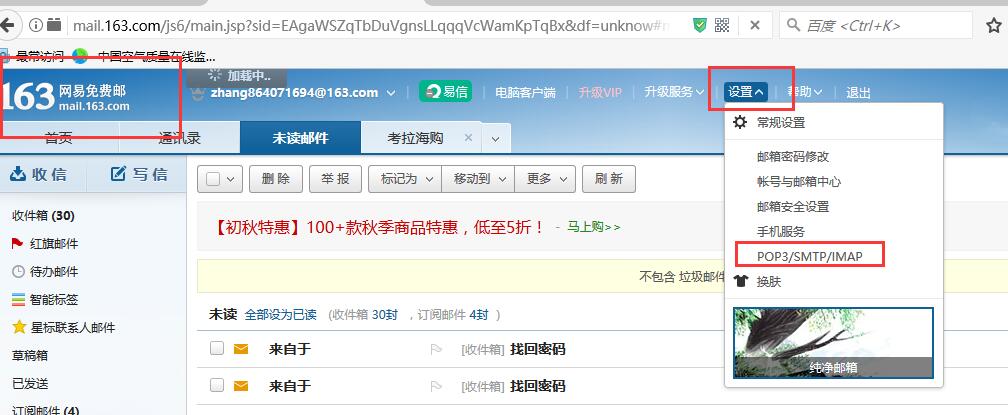Python中的面向对象编程详解(下)
继承
继承描述了基类的属性如何“遗传”给派生类。一个子类可以继承它的基类的任何属性,不管是数据属性还是方法。
创建子类的语法看起来与普通(新式)类没有区别,一个类名,后跟一个或多个需要从其中派生的父类:
class SubClassName (ParentClass1[, ParentClass2, ...]):
'optional class documentation string'
class_suite
实例
class Parent(object): # define parent class 定义父类
def parentMethod(self):
print 'calling parent method'
class Child(Parent): # define child class 定义子类
def childMethod(self):
print 'calling child method'
继承与覆盖
继承
不同于Java,python的子类继承父类后,会把父类的所有的方法,包括构造器init()也继承下来.
class Parent():
def __init__(self):
print "init Parent class instance"
def func(self):
print "call parent func"
class Child(Parent):
def __init__(self):
print "init Child class instance"
child = Child()
child.func()
输出
init Child class instance
call parent func
super关键字
super 是用来解决多重继承问题的,直接用类名调用父类方法在使用单继承的时候没问题,但是如果使用多继承,会涉及到查找顺序(MRO)、重复调用(钻石继承)等种种问题。语法如下
super(type[, obj])
示例
class C(B):
def method(self, arg):
super(C, self).method(arg)
注意
super继承只能用于新式类,用于经典类时就会报错。
新式类:必须有继承的类,如果没什么想继承的,那就继承object
经典类:没有父类,如果此时调用super就会出现错误:『super() argument 1 must be type, not classobj』
实例
class Parent(object):
def __init__(self):
self.phone = '123456'
self.address = 'abcd'
class Child(Parent):
def __init__(self):
super(Child, self).__init__()
self.data = 100
def main():
child = Child()
print "phone is: ", child.phone
print "address is: ", child.address
print "data is: ", child.data
if __name__ == '__main__':
main()
输出
phone is: 123456
address is: abcd
data is: 100
重写
子类只要重新定义一个与父类的方法同名的方法,就可以重写覆盖父类的方法. 子类只要把上例父类的func(self)重写就行了.
class Parent():
def __init__(self):
print "init Parent class instance"
def func(self):
print "call parent func"
class Child(Parent):
def __init__(self):
print "init Child class instance"
child = Child()
child.func()
输出
init Child class instance
call Child func
多重继承
同 C++一样,Python 允许子类继承多个基类。但一般不推荐用多重继承.语法如下:
class Father():
def __init__(self):
print "init Father instance"
class Mother():
def __init__(self):
print "init Mother instance"
class Child(Father, Mother):
pass
类、实例和其他对象的内建函数
issubclass()
布尔函数判断一个类是另一个类的子类或子孙类。它有如下语法:
issubclass(sub, sup)
isinstance()
布尔函数在判定一个对象是否是另一个给定类的实例时,非常有用。它有如下语法:
isinstance(obj1, obj2)
attr()系列函数
●hasattr()
它的目的就是为了决定一个对象是否有一个特定的属性,一般用于访问某属性前先作一下检查。
●getattr()和setattr()
●getattr()和 setattr()函数相应地取得和赋值给对象的属性,
●delattr()
删除特定的属性
实例
class Child(Parent):
def __init__(self):
self.data = 100
child = Child()
print "has data attr?", hasattr(child, 'data')
print "delete attr"
delattr(child, 'data')
print "has data attr?", hasattr(child, 'data')
print "set data attr to 200"
setattr(child, 'data', 200)
print "data attr is: ", getattr(child, 'data')
输出
has data attr? True
delete attr
has data attr? False
set data attr to 200
data attr is: 200
私有化
Python没有像Java那样实现真正的封装,只是用双划线和单划线实现私有化.
●双划线
防止外部访问.如在func前加双划线,可以防止包括子类的实例的访问.
def __func(self):
print "call"
●单划线
防止模块的属性用“from mymodule import *”来加载。

